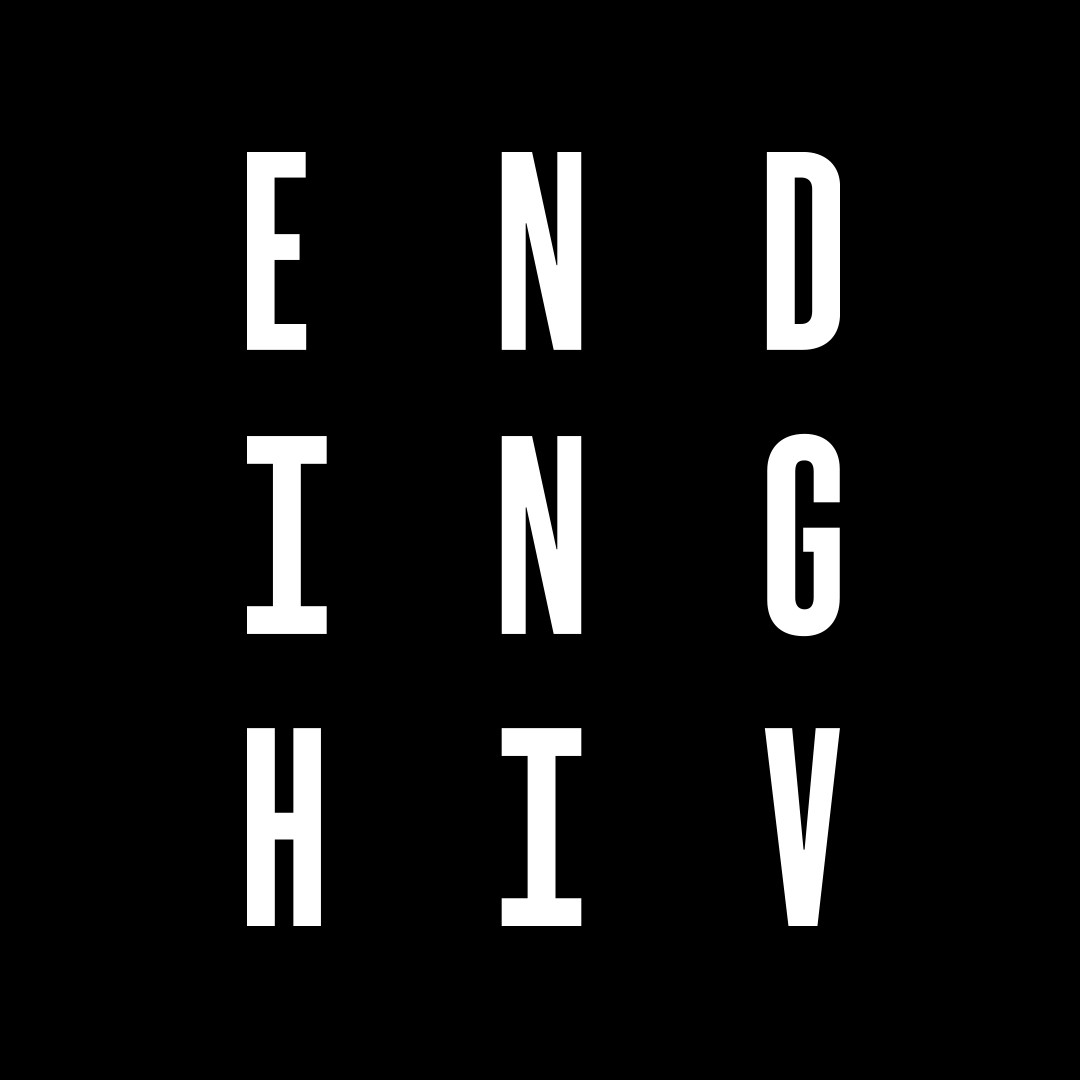What is CD4 and viral load?
You may have been reading up on HIV or overheard in a conversation the terms ‘CD4’ and ‘viral load’.
While ‘CD4’ could very well pass as a music file format and ‘viral load’ be funny video online that has reached 10 million views, they are in fact common medical terms when we’re talking about HIV. Specifically; CD4 and viral load are both indicators that help keep track of the health of someone living with HIV.
But you don’t need to be living with HIV to find this information useful, who knows, maybe your future partner, or even just a friend, might be poz. Besides, knowing stuff is sexy!
What is CD4?
A CD4 (cluster of differentiation) cell is a type of white blood cell and is one of the frontline defence cells in the immune system. A CD4 count is one of the ways a doctor might monitor the overall health of someone living with HIV and how their immune system is being affected by HIV.
What happens to a person’s CD4 count when they first become positive?
The normal range for a CD4 cell count in the average person is between 500 to 1200 cells/mL. When a person first becomes HIV positive, their CD4 count could decrease, sometimes dramatically. This is part of a typical immune response, which indicates that their immune system is recognising and attempting to control the HIV. The CD4 count will usually stabilise over a few months but will then decrease over the next few years if the virus is not treated.
Is it normal for a CD4 count to fluctuate?
It’s normal for CD4 counts to fluctuate over time, going up or down, which is why the doctor will test a person living with HIV regularly and look at trends in those levels. When a person suppresses the virus through treatment, their CD4 count usually returns to normal levels.
What is viral load?
Viral load refers to the amount of HIV in a HIV positive person’s blood. When first exposed to HIV, a person’s viral load may increase to a very high level and possibly into the millions. Within six months from seroconversion (the period when they transition from being HIV negative to HIV positive), their immune system will develop antibodies to the virus, and their viral load may reduce somewhat and stabilise.
The level may range from ‘undetectable’ to thousands. Results are given in terms of ‘copies’ per millilitre (mL) of blood. An ‘Undetectable Viral Load’ (UVL) is when a person living with HIV has a viral load of less than 200 copies/mL. Getting to ‘undetectable’ means they have zero risk of passing on HIV to their partners once they have been on stable treatment for 6 months.
Does having an undetectable viral load mean that a HIV positive person is cured?
An undetectable result doesn’t mean there is zero or no HIV in the blood – but rather, that treatments have dramatically reduced the level of HIV to extremely low levels, detectable only by very specialised and sensitive pathology tests.
What happens to the viral load when starting treatment?
When treatment is started, the viral load should rapidly fall to undetectable levels (or close to it) and remain there while medication is continued.
While on treatment, some people may experience an occasional short-term increase (sometimes called a ‘blip’), where their viral load may become detectable at low levels. This sometimes happens if they have missed doses of their treatment, but can be decreased again to an undetectable level once back in the treatment routine.
Keen to learn more?
You can read about undetectable viral load on our about undetectable page, or find other HIV and health-related terms in our glossary.
